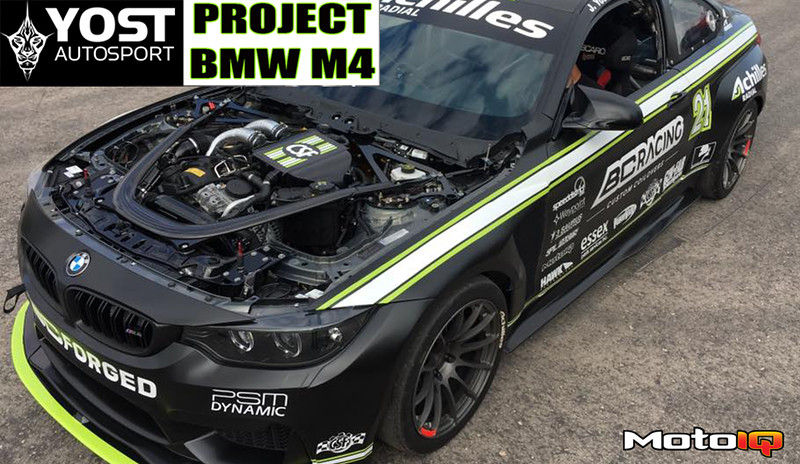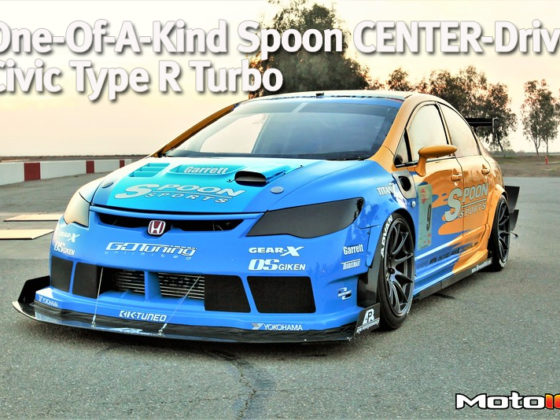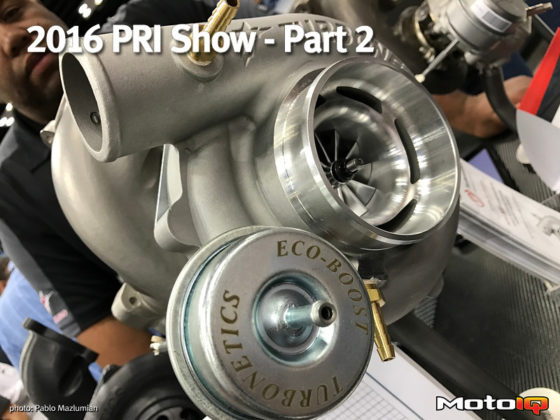,
 Our custom Fuel Safe saddle-tank cell is finally installed! From inside the car it’s hard to believe we were able to get that much fuel capacity so low in the car. Fuel Safe and Aeromotive really stepped up to the plate to deliver a complicated, but effective design! Top left corner you’ll see the “let’s just prove this concept” location for the fuel cooler. Of course it was re-located later and a floor to ceiling bulkhead added to completely separate the driver from any fuel before we actually raced it. You can also see our AP Racing air jacks which we’ll get into on the next article.
Our custom Fuel Safe saddle-tank cell is finally installed! From inside the car it’s hard to believe we were able to get that much fuel capacity so low in the car. Fuel Safe and Aeromotive really stepped up to the plate to deliver a complicated, but effective design! Top left corner you’ll see the “let’s just prove this concept” location for the fuel cooler. Of course it was re-located later and a floor to ceiling bulkhead added to completely separate the driver from any fuel before we actually raced it. You can also see our AP Racing air jacks which we’ll get into on the next article.
You can see in this and the photo above that we switched from a dual dry break to a single dry break that can be used to fill from either side of the car. Not only is a single fuel hose much easier to handle for the fuel man during pit stops but being able to fill from either side of the car means that it’s just as easy on clockwise tracks as it is counter clockwise.
While this seems simple, the challenge with a saddle-tank design is being able to extract all of the fuel from both sides of the tank. To handle this, we contacted Aeromotive who worked directly with fuel safe to solve this issue. As far as their components go, we are running a very similar setup to our E92 M3 race car utilizing their Dual Phantom in-tank pump setup, fuel pressure regulator, filters, etc. And because we don’t need dual pumps to run the kind of horsepower we’re running we have them setup on a redundant switch just like on the last racecar. Should we have a pump failure, which we haven’t yet, we can simply hit a switch on the fly and turn on our spare in-tank fuel pump without skipping a beat or having to come in for an unscheduled pit stop to replace it. Inside the fuel cell it gets a little more complicated with the utilization of lift pumps that collect fuel from all lower corners of both sides of the fuel cell before sending that fuel to an in-tank collector which houses our pumps. This allows us to run both sides of our saddle tank dry. If you think that’s cool, wait until you see how we’re improving the system for 2017!
Another challenge we encountered with having our fuel cell in the location it was is that the exhaust system passes directly underneath it and early on in testing it became apparent that the exhaust was heating up the fuel too much and the car’s complicated BMW electronics were putting it into limp-mode. In addition to using Heatshield Products on both the exhaust and the bottom of the fuel cell, we also went as far as adding a fuel cooler. This is basically the same size cooler we use for the differential fluid, but for the fuel. It goes in-line between the pump and the engine so fuel exiting the cell gets cooled before it goes up to the power plant. Once we added this cooler and the heat shielding we no longer had a fuel temperature problem!

As you can see, there’s a lot that goes into building an endurance racecar, especially on a new and relatively un-developed platform like the F82 M4. When it comes to the powertrain and suspension areas of this car we set out to prove a concept that there are high quality aftermarket products that can allow you to put your car through as much abuse as you want without worrying about reliability. Thanks go companies like the ones we work with; we are proving that very point. If we can run without issue for hours on end with these off-the-shelf products, they will certainly hold up to whatever you need them to!
Next article we’ll wrap up the initial build of the M4 with some racecar specific things like lighting systems for night racing, air jacks, and more! Then we’ll take it racing in North America’s longest endurance race, the 25 Hours of Thunderhill!
SOURCES:



